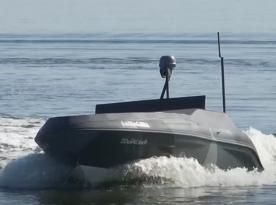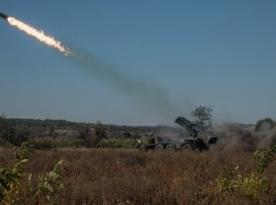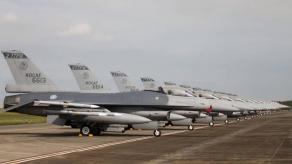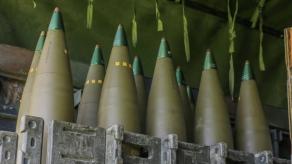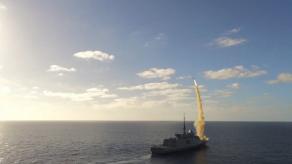General Staff of the Armed Forces of Ukraine reports missile strikes that Ukrainian forces launched overnight May 31st, targeting the ferry crossing and oil terminal at port Kavkaz, in the Krasnodar region of russia. The port is located right across from the Kerch Peninsula in Crimea and was used for military logistics of the russian invasion forces. The attack comes the next day after Ukraine hit russian ferries coursing along that route.
The official notice specifies that several Neptune anti-ship missiles of Ukrainian design were used for this attack. "The results of objective control confirm the explosions at the target locations. The accuracy of target destruction is being assessed," the General Staff informs.
Read more: Ukraine's Forces Strike russian Ferry Crossing in Temporarily Occupied Crimea
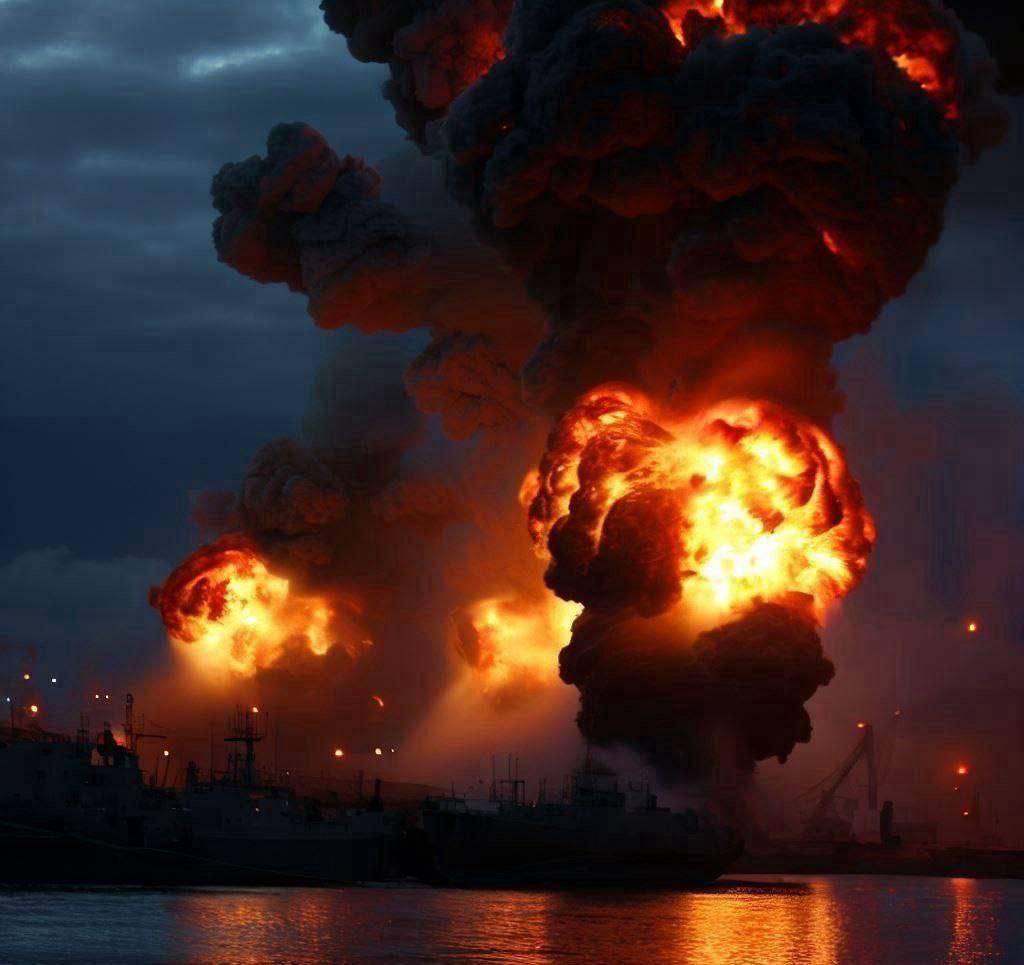
Regarding these strikes, Defense Express considers it necessary to emphasize a few nuances. First of all, the incident marks a historical event for Ukraine, as this is the first time that domestically-made missile weapons were used to strike targets on the territory of the russian federation.
Secondly, there is one more detail of historical significance here: the very fact Neptunes reached and hit the oil terminal at Port Kavkaz indicates a substantial modernization, if not an overhaul of this cruise missile. The key upgrades could include an increase in operational range, in warhead weight, and an improved guidance system.
For starters, if we take a hypothetical spot in the Zaporizhzhia region of Ukraine — a location the closest possible to the target — and measure the distance to the port in a straight line, it would be around 300 km for the missile to cover. The figure includes a safety buffer for the missile system of 50 km from the frontline. That said, the Neptune missiles were most likely to approach the target along a more complex route than just fly across the vast russian-occupied territories, saturated with air defenses. Therefore, the actual flight range of the missile might by far exceed 300 km.

As a reminder, the R-360 Neptune in the basic anti-ship version had a warhead of 150 kilograms. Then, the first hints appeared in the Western media that Ukraine was probably working on improving the Neptune, in particular, there were statements about Ukrainian engineers trying to increase the weight of the warhead up to 300 kg.
In addition, we should pay attention to the fact that the lion's share of the likely flight route of the Neptunes to Port Kavkaz anyway had to stretch over land. For the missiles to be able to fly in such conditions, it would be imperative to significantly improve the guidance system, originally designed to navigate the flight above the water surface, although the outcome parameters of the suspected improvement remain unknown.
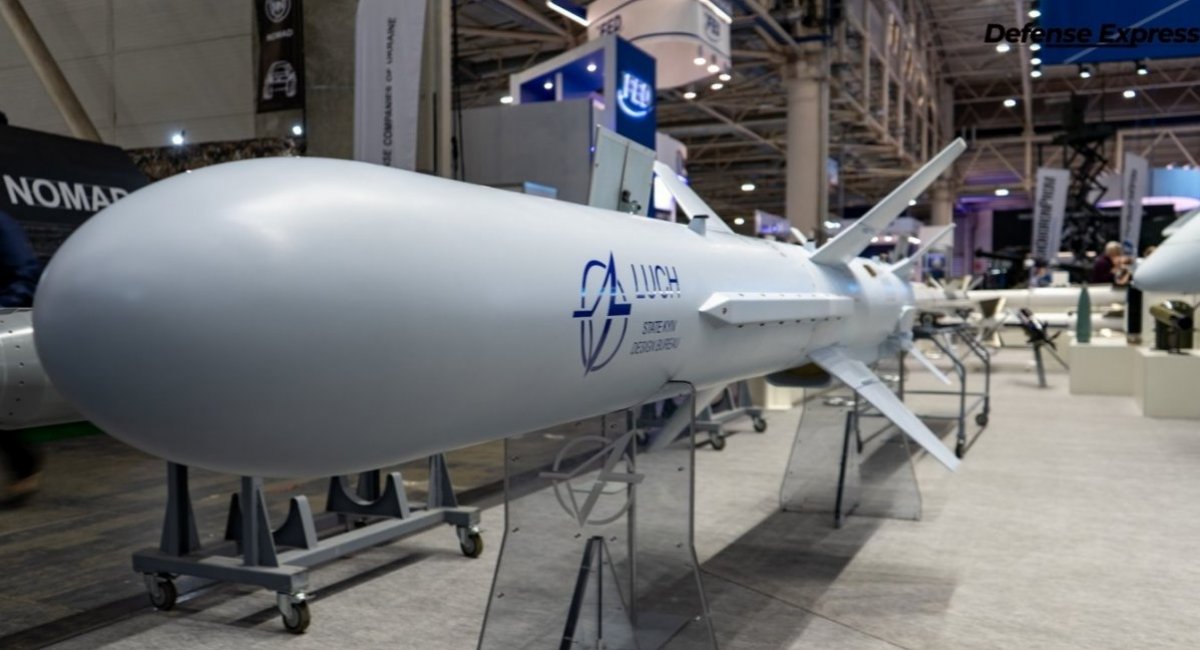
Read more: Signs that Ukraine Prepares to Attack russia's Territory with Long-Range Missiles, Appeared





